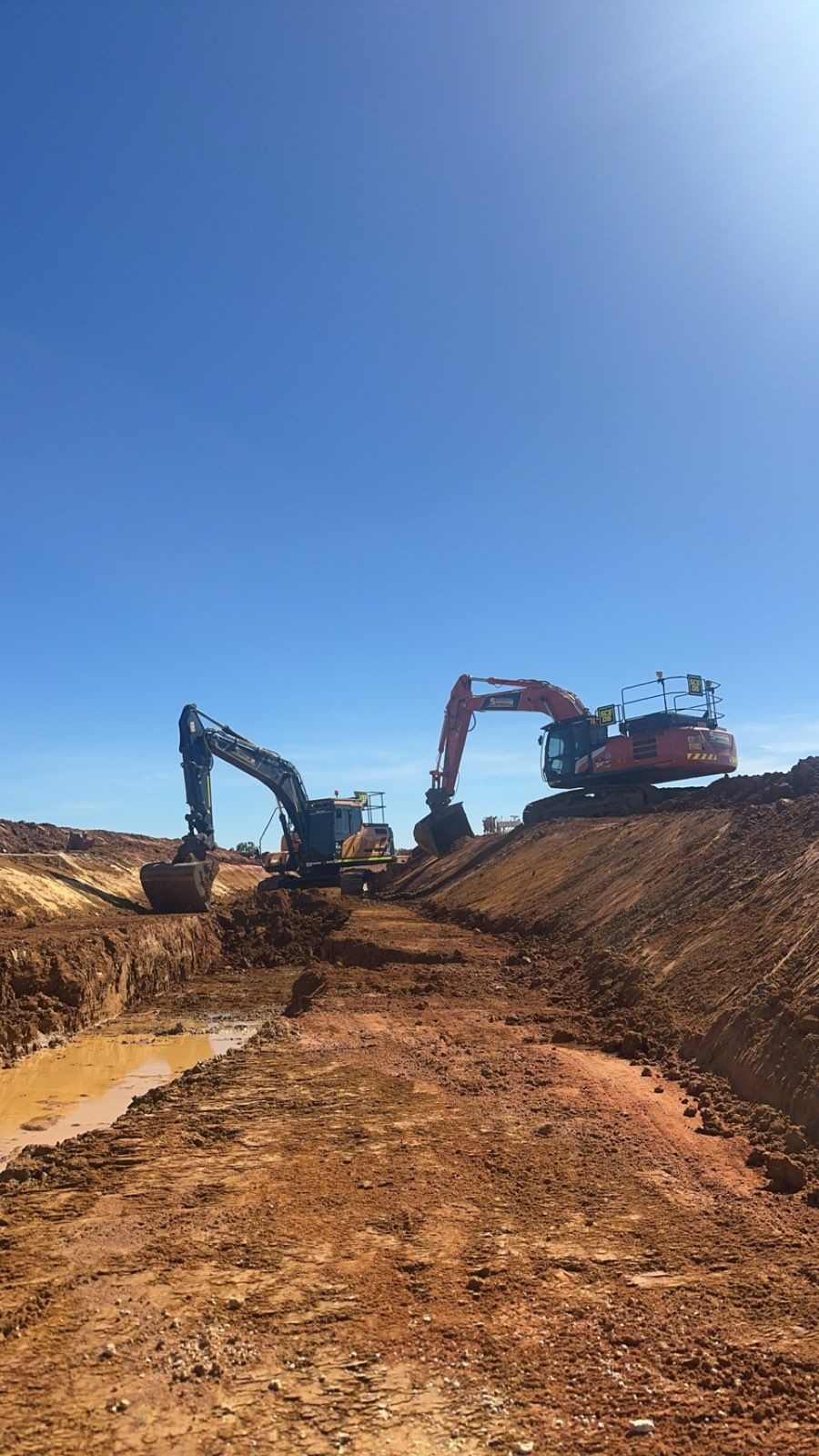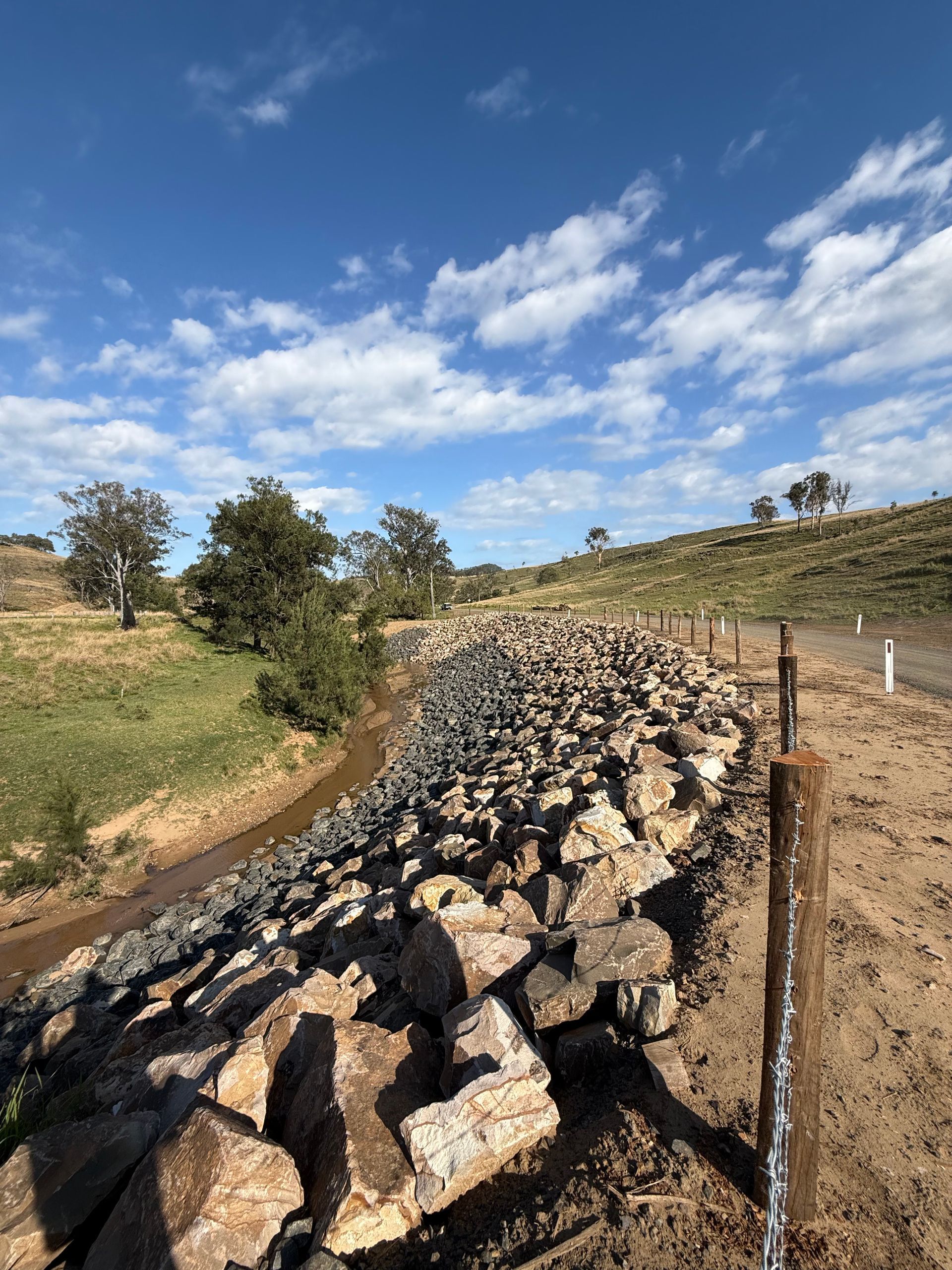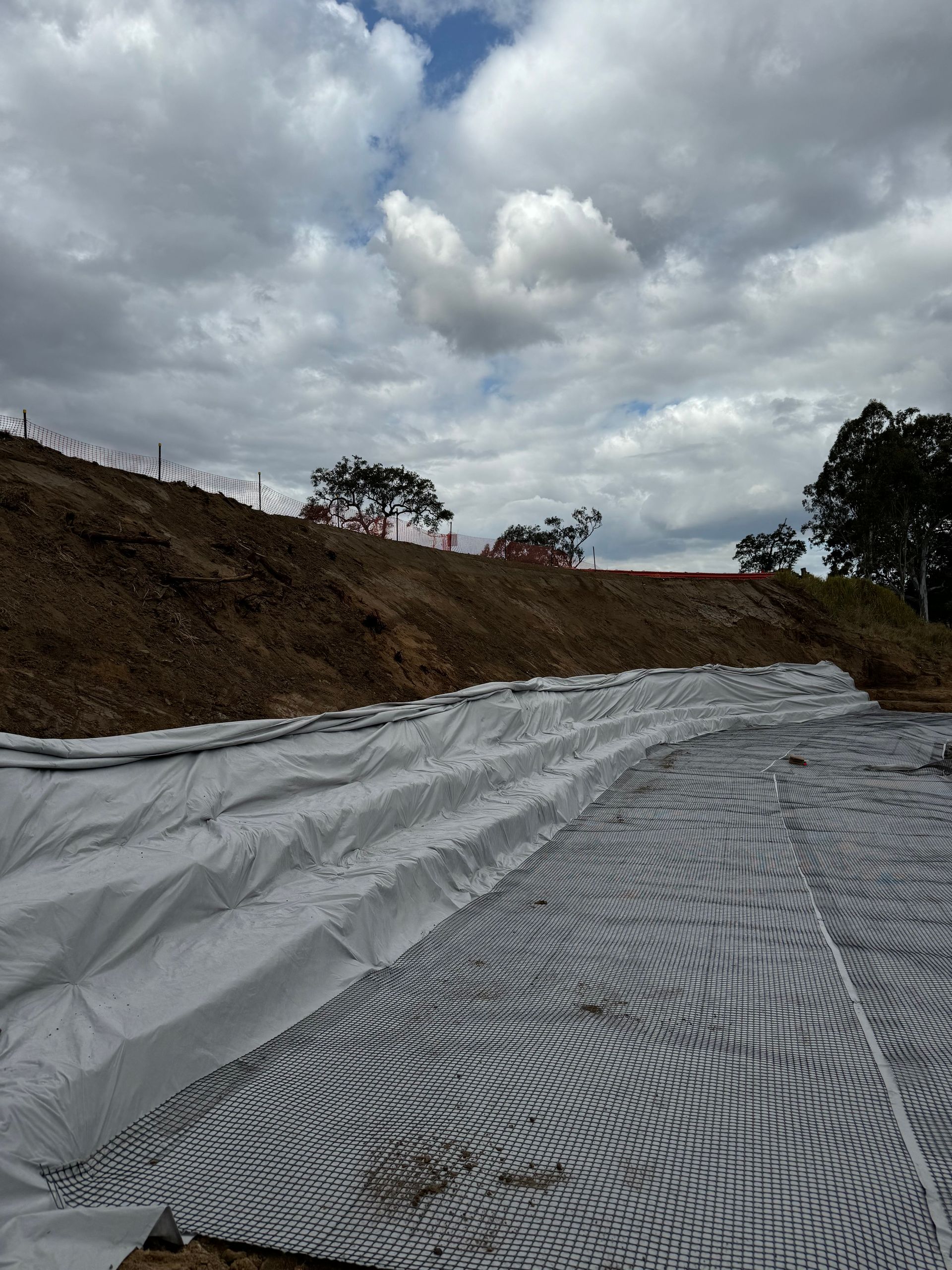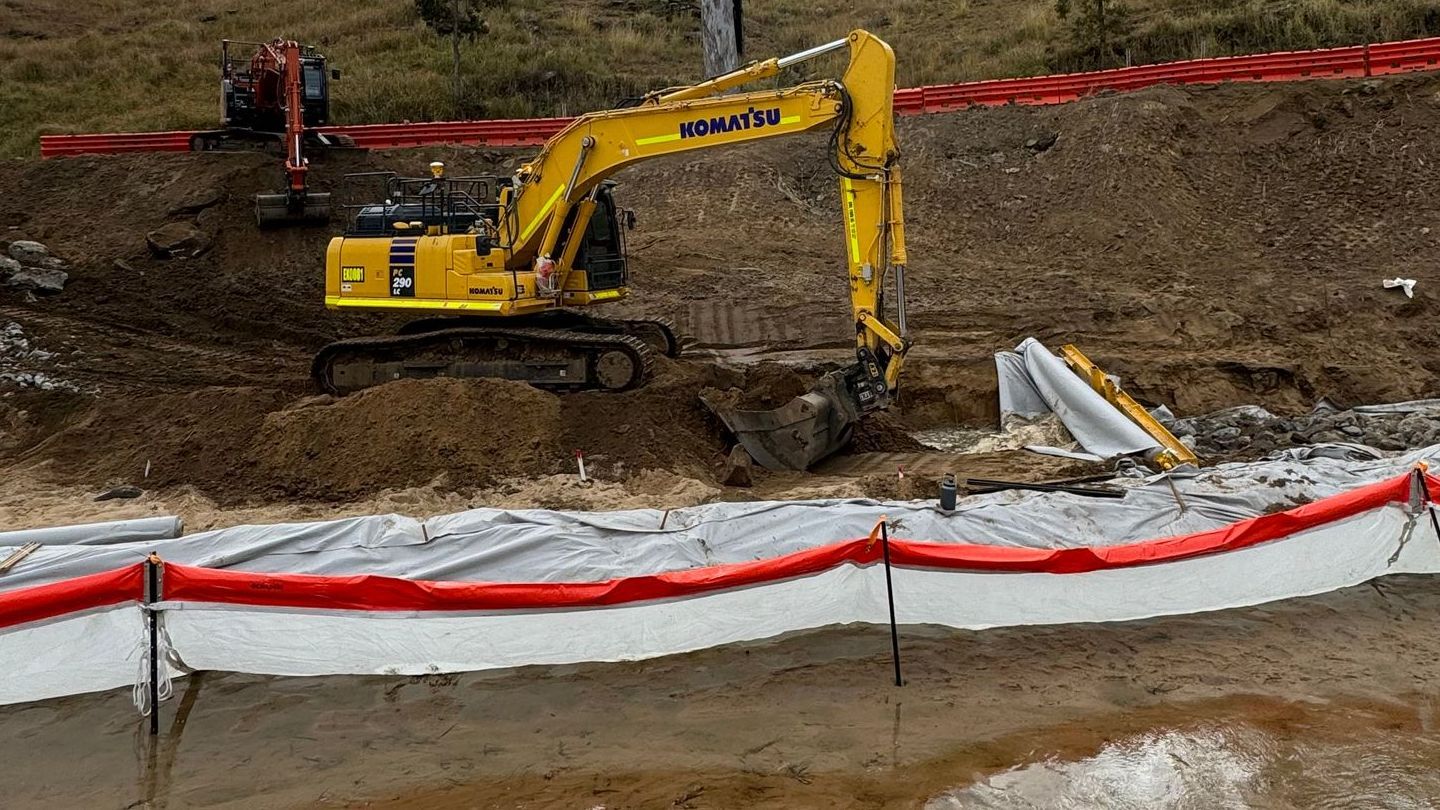Erosion Control for Civil, Commercial, Government & Defence Projects Australia-Wide
Erosion Control Services
Spencer Civil and Earthworks delivers sophisticated erosion control solutions that protect environmental integrity, preserve landscape stability, and meet rigorous industry and regulatory standards. Our comprehensive approach integrates advanced engineering techniques, environmental science, and sustainable land management practices to mitigate soil erosion across diverse Australian terrains.
Effective erosion control is fundamental to project sustainability, environmental protection, and long-term site stability. Our specialised team delivers site-specific strategies that combine mechanical interventions, biological stabilisation techniques, and precision engineering to prevent soil displacement, manage water runoff, and maintain landscape resilience.
Our erosion control services encompass various techniques, including geotextile implementation, strategic vegetation establishment, precision slope stabilisation, sediment management systems, and advanced drainage infrastructure. We utilise cutting-edge technologies like remote sensing, GIS mapping, and predictive modelling to deliver comprehensive erosion mitigation strategies.
We work across multiple sectors, providing tailored erosion control solutions for infrastructure projects, mining developments, urban expansion zones, environmental restoration initiatives, and sensitive ecological areas.
City skyline
Our approach balances immediate project requirements with long-term environmental sustainability, ensuring minimal landscape disruption and maximum protective effectiveness.
By integrating mechanical engineering, environmental science, and sustainable land management principles, we deliver erosion control solutions that protect critical infrastructure, preserve natural landscapes, and meet Australia's most stringent environmental and regulatory standards.
OUR LATEST PROJECTS
Knapp Creek
Katherine
OUR EROSION CONTROL SERVICES
What is erosion control?
Erosion control prevents or manages soil erosion caused by natural forces like wind, water, ice, or gravity. It involves implementing strategies and techniques to protect landscapes, infrastructure, and ecosystems from the detrimental effects of soil displacement.
Critical aspects of erosion control include:
- Preserving soil health and fertility
- Preventing sediment pollution in water bodies
- Protecting infrastructure from damage
- Maintaining agricultural productivity
Standard erosion control methods include:
- Vegetative cover: Using plants to stabilise soil
- Terracing: Creating levelled steps on slopes
- Silt fences: Temporary barriers for managing sediment on construction sites
- Riprap: Using rocks to protect shorelines
- Geotextiles: Interlocking materials that separate, filter, reinforce & protect soil structures
Erosion control is crucial for environmental conservation, landscape stability, and sustainable land management practices.
What types of projects require erosion control?
Erosion control is required for various types of projects, including:
- Construction sites: Both large-scale developments and small building projects need erosion control measures to prevent soil loss and sediment pollution.
- Road and infrastructure projects: These projecte often involve significant earth disturbance and require erosion control during and after construction.
- Mining operations: Open-pit mines and quarries need erosion control to manage exposed soil and prevent environmental damage.
- Agricultural initiatives: Farms implement erosion control to preserve topsoil and maintain productivity.
- Urban development: Residential and commercial construction projects in urban areas require erosion control to protect nearby water bodies and infrastructure.
- Coastal projects: Developments near shorelines need erosion control to prevent beach erosion and protect structures.
- Landscaping projects: Especially those involving slopes or large areas of exposed soil.
- Renewable energy installations: Wind and solar farms often require erosion control during site preparation and construction.
- Pipeline construction: These linear projects disturb long stretches of land and need erosion control measures.
- River and stream restoration: Projects aimed at improving water quality and habitat often involve erosion control techniques.
Effective erosion control is crucial for these projects to comply with environmental regulations, protect water quality, and ensure site stability.
What is the cost of implementing an erosion control plan?
Many factors are taken into account when determining the costs of our services, we carefully evaluate multiple variables:
- Scale of the project
- Complexity and scope of work involved
- Need for specialised expertise or equipment
- Project timeline and deadlines
- Location, including remoteness and accessibility
- Specific job type and its unique requirements
- Speed at which the work needs to be completed
These factors are analysed comprehensively to provide an accurate, competitive quote or tender that ensures both quality delivery and client satisfaction.
How do you handle erosion control in environmentally sensitive areas?
Prior to submitting a tender for a project, we employ an external stakeholder to design an environmental plan that complies with council and government guidelines. We submit this along with our bid for the project, and prior to our bid being accepted, the environmental plan must be approved by council and government bodies. Once accepted, we ensure the environmental plan is followed precisely.
How do you ensure the effectiveness of erosion control measures over time?
At Spencer Civil and Earthworks, we ensure erosion control effectiveness through rigorous ongoing monitoring. We inspect sites after every rain event, assessing the performance of installed measures and making immediate adjustments as needed. Our comprehensive approach includes a 12-month maintenance period where we systematically track erosion control performance, conduct regular site assessments, and implement proactive interventions to maintain landscape stability and environmental protection throughout the project lifecycle.








